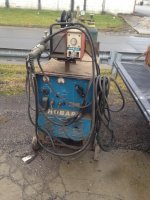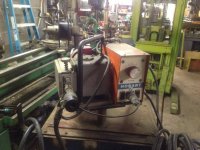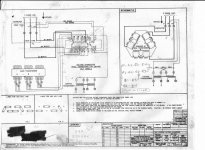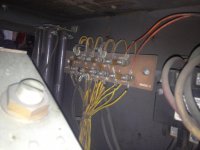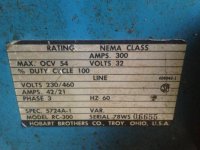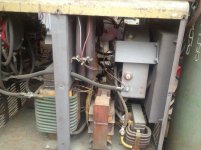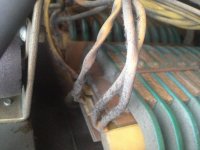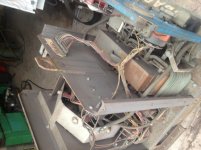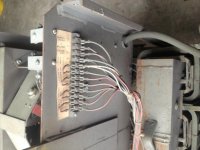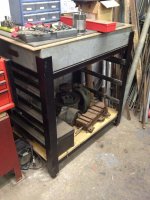jeep534
Cast Iron
- Joined
- Mar 17, 2003
- Location
- Huntington WV
I recently traded for a Hobart RC300 welder with wire feeder. I hauled it directly over to a friends place and we plugged it in put some new wire on it and It welded perfectly it came with a gas bottle and everything. now comes the fun. I have a dedicated 200 amp single phase feeding my shop no 3phase. I am going to give this conversion a try especially since I know this is in working order. here are a few photos. I will take and post a few of the insides shortly.
archie =) =) =)
archie =) =) =)


